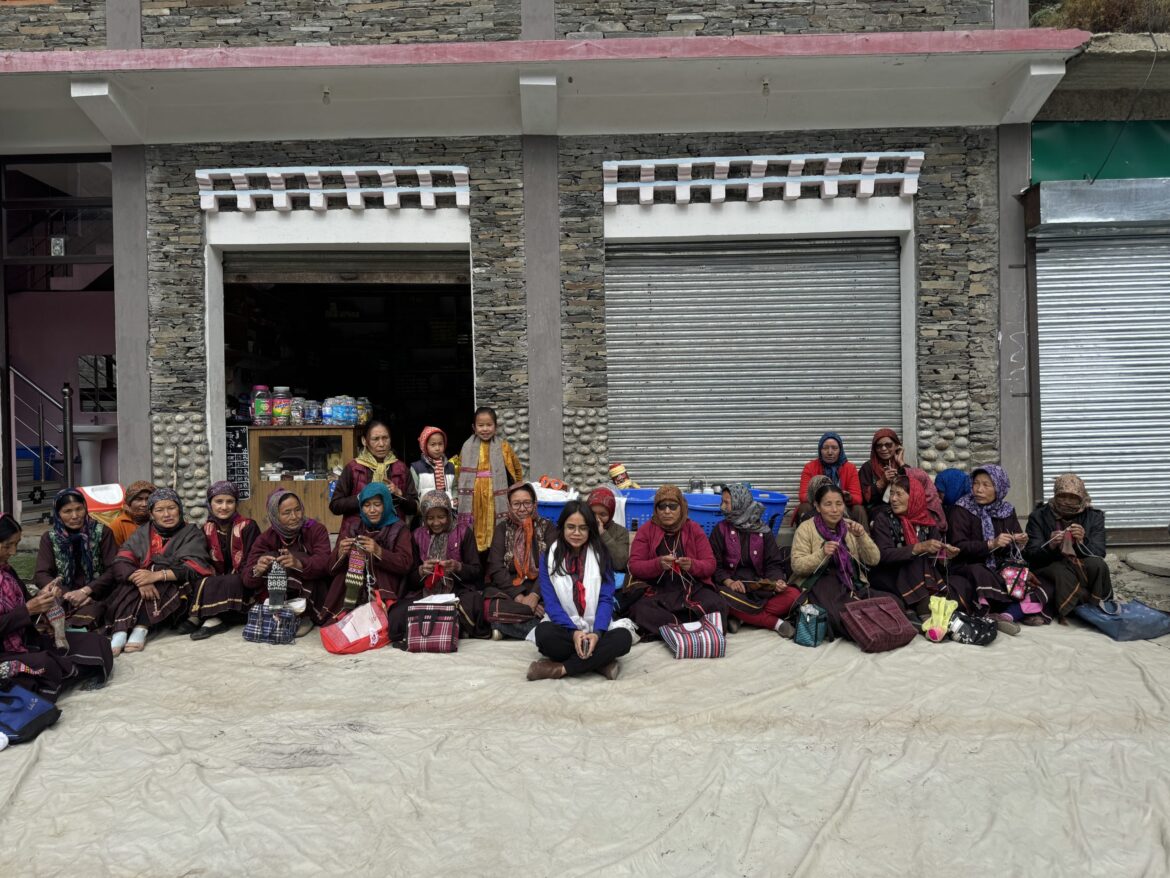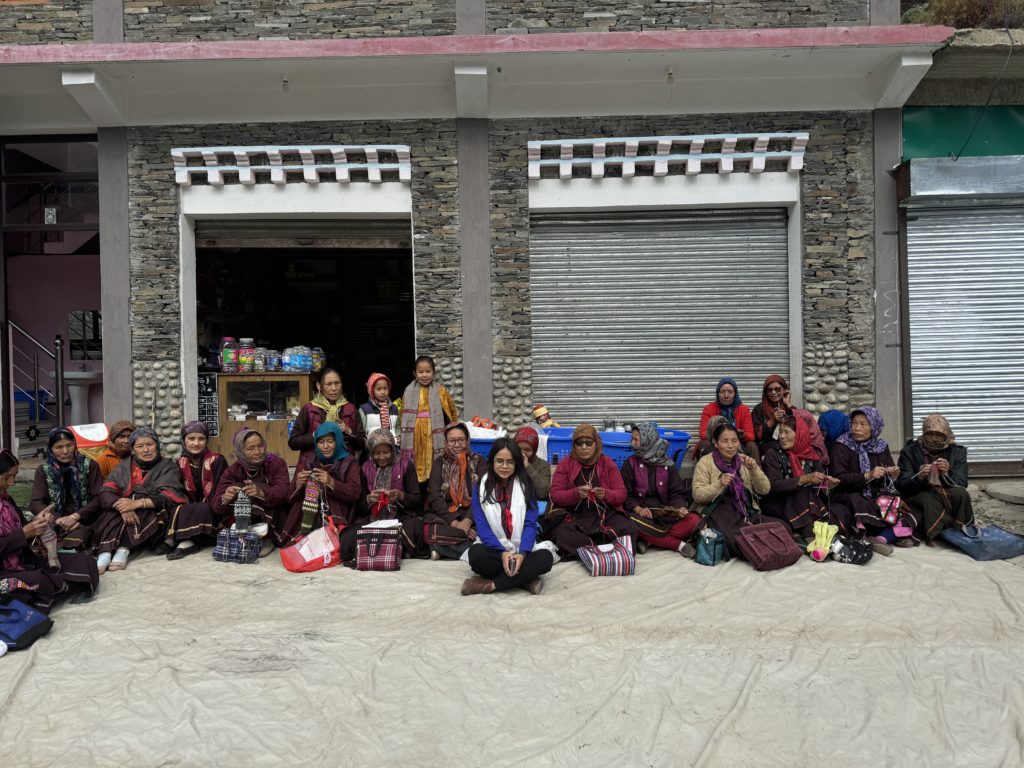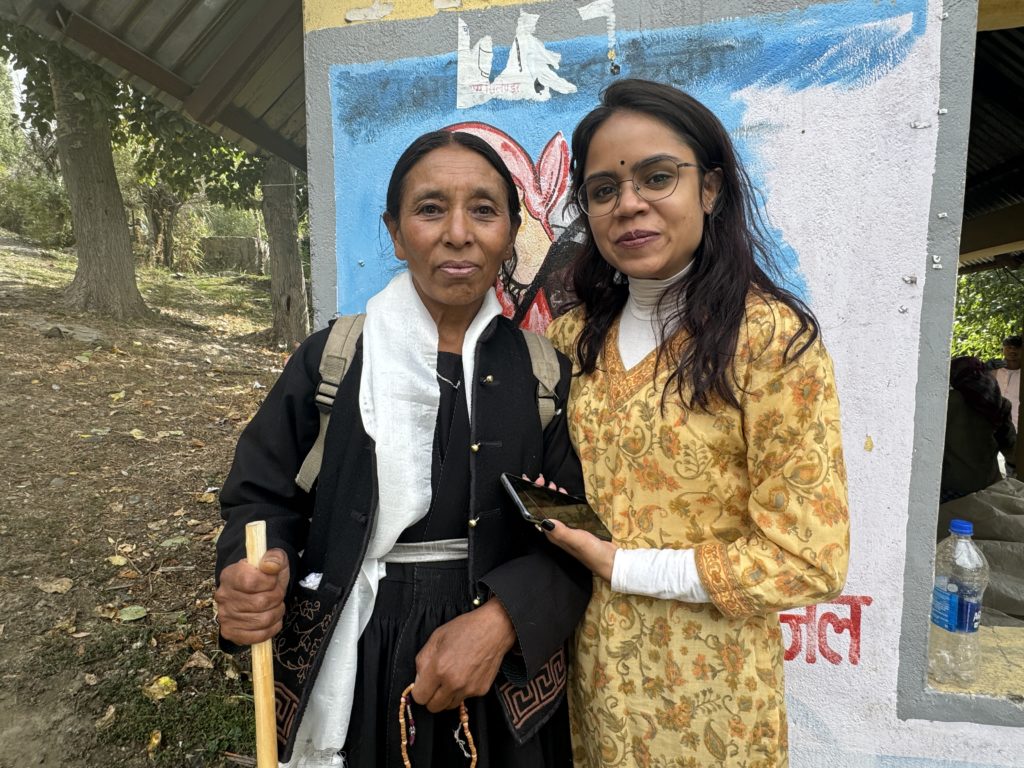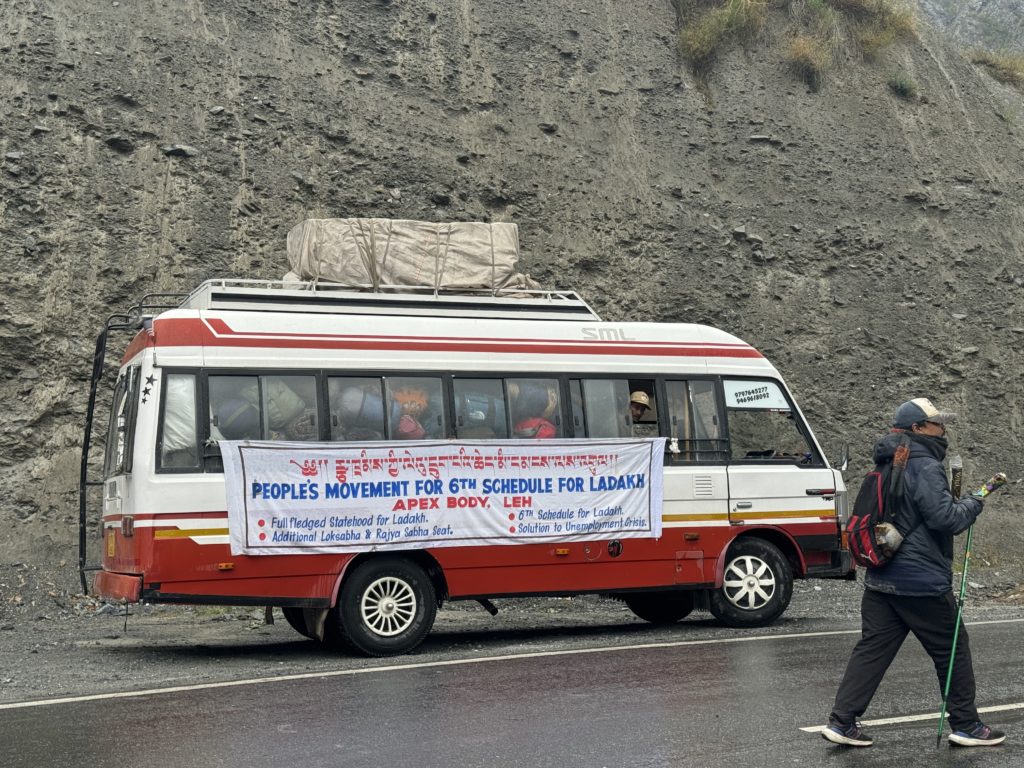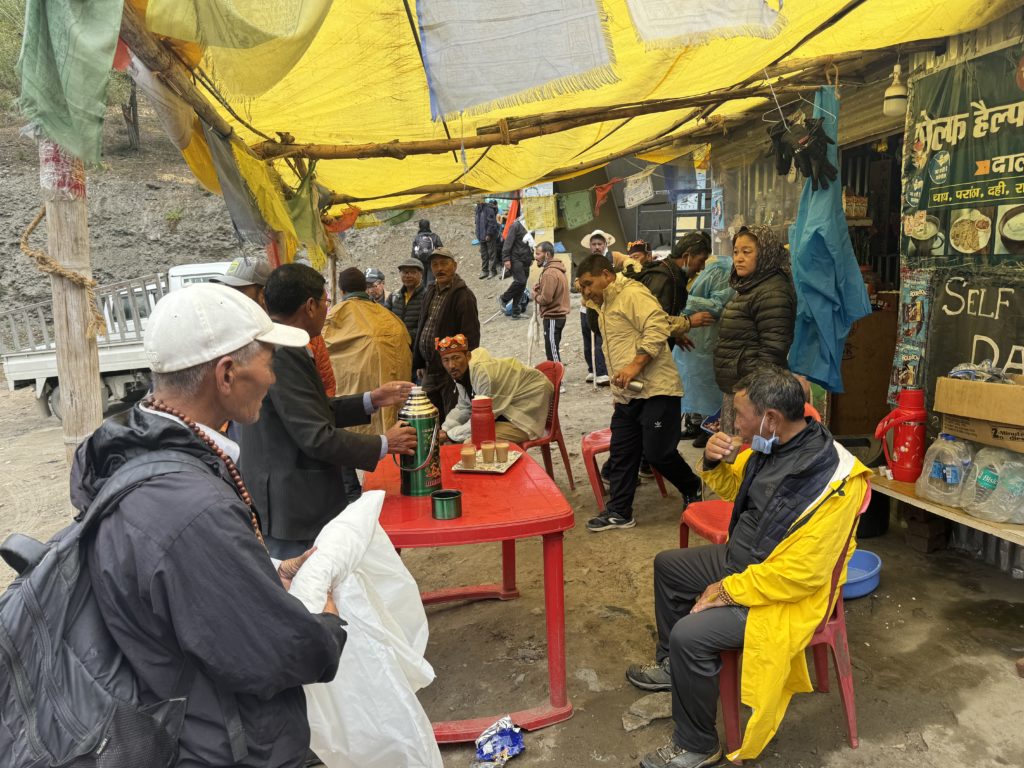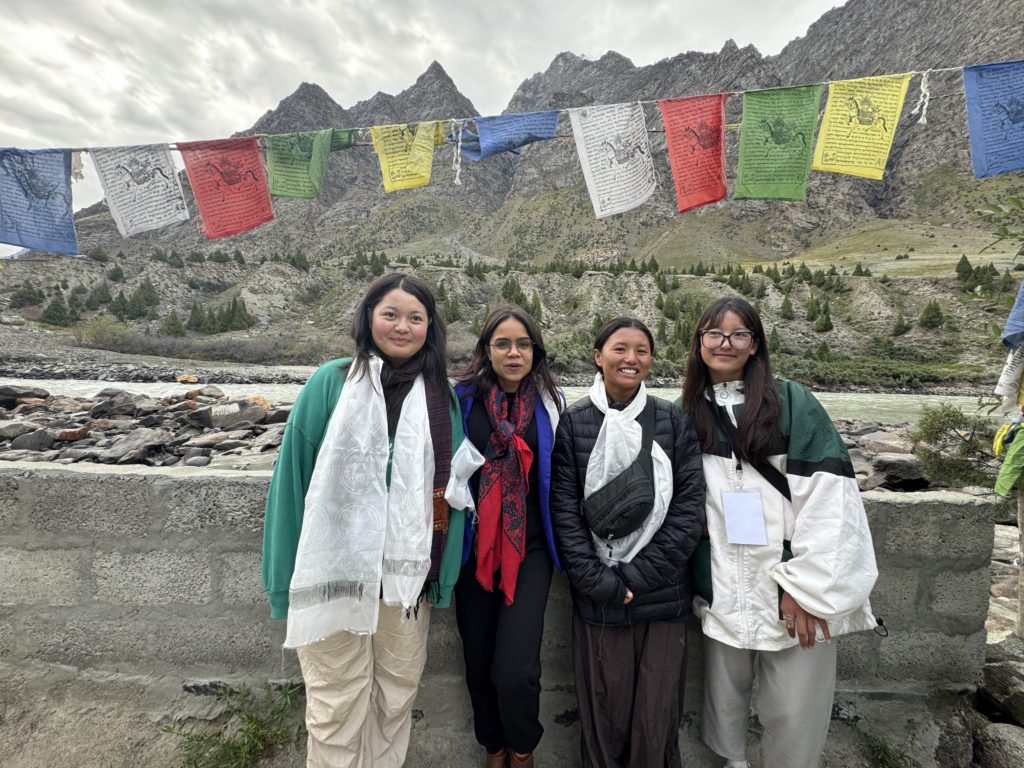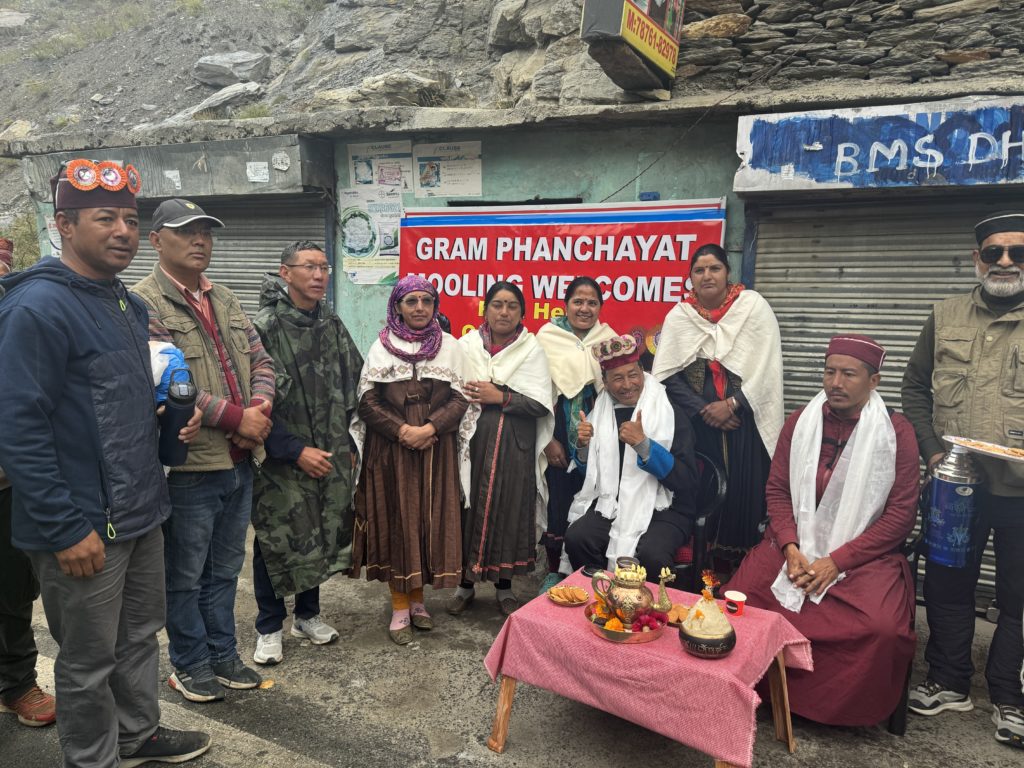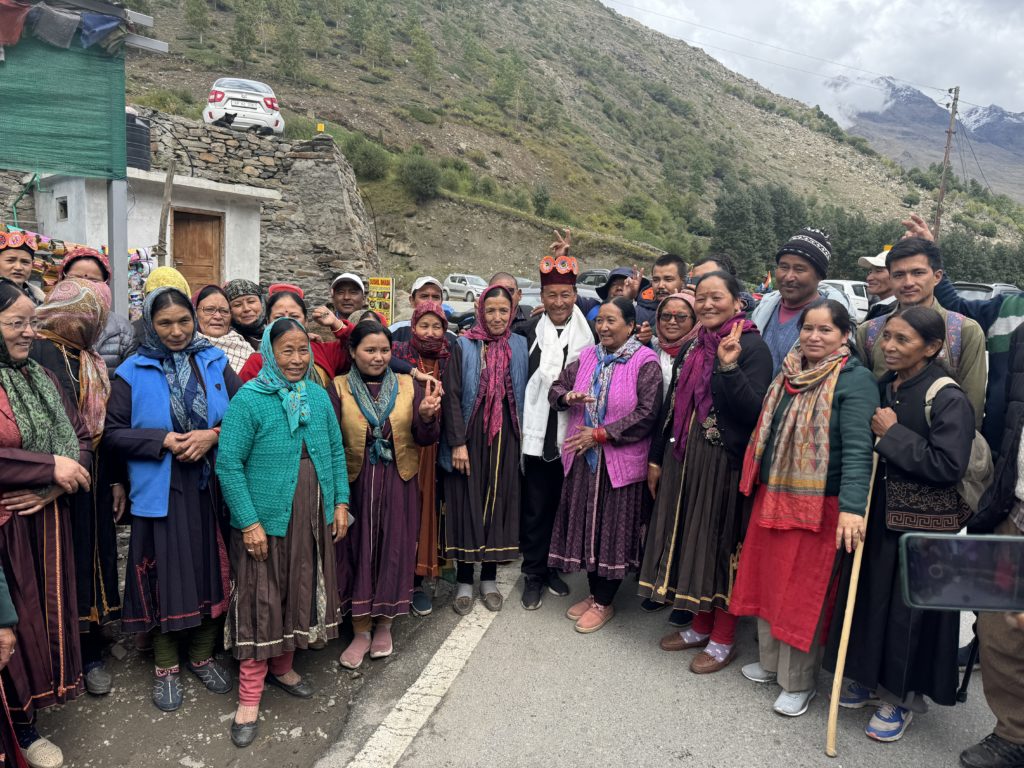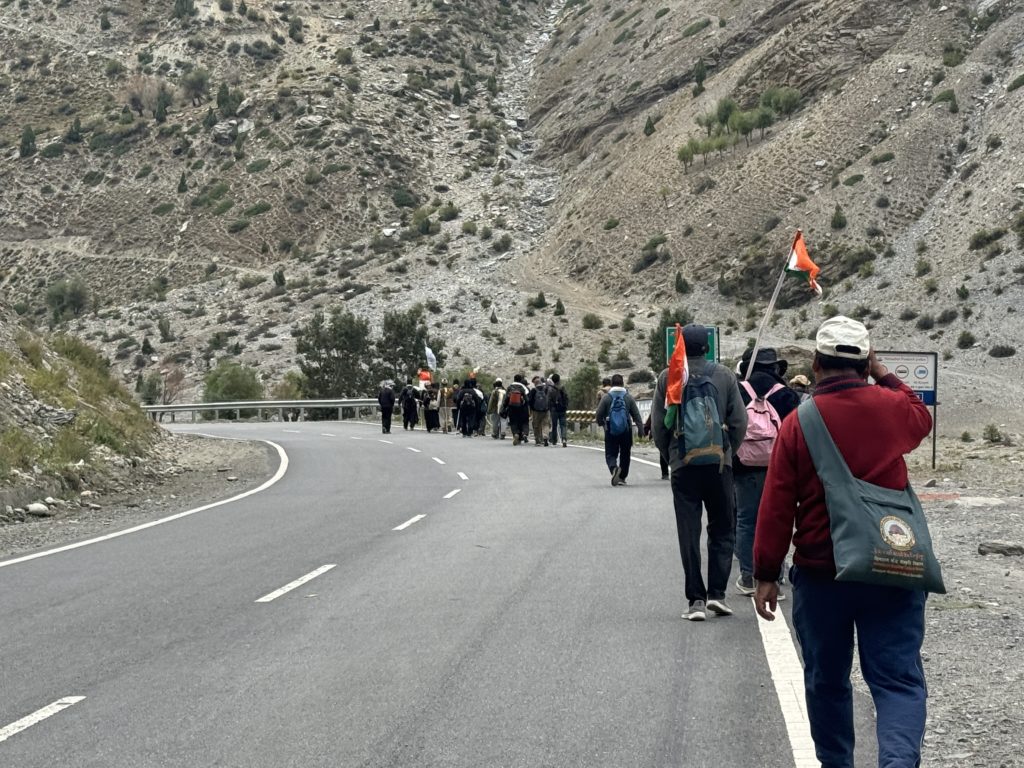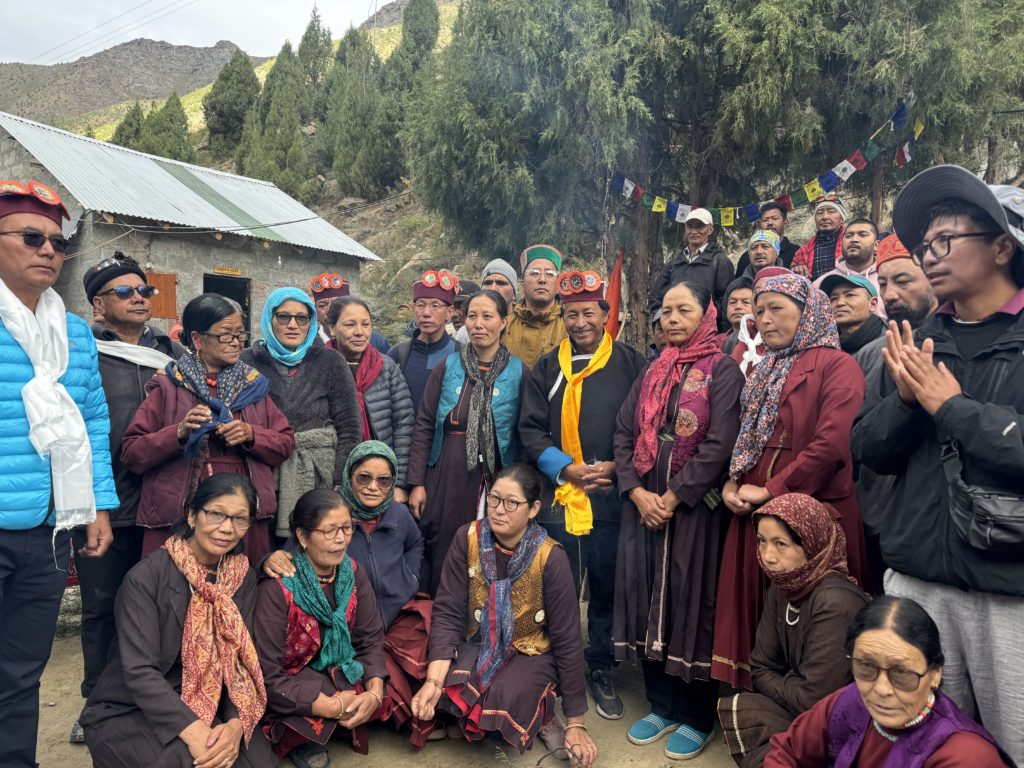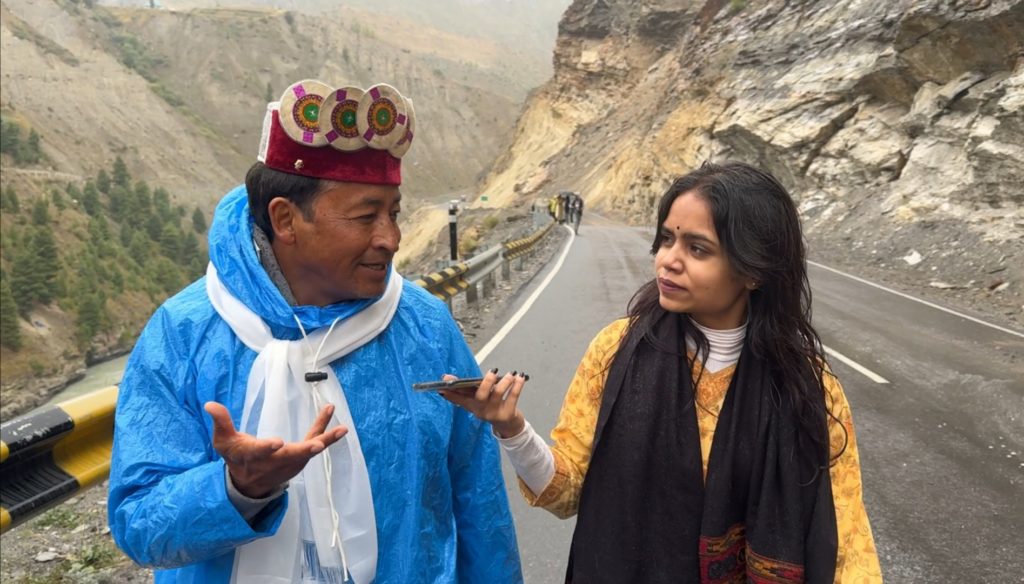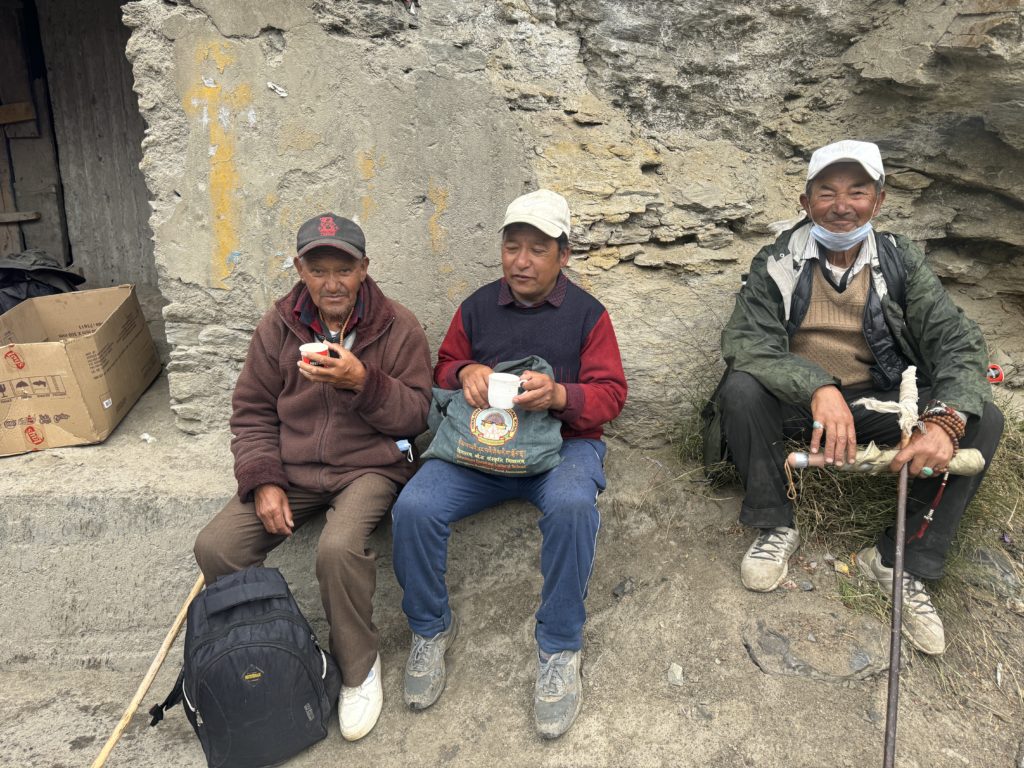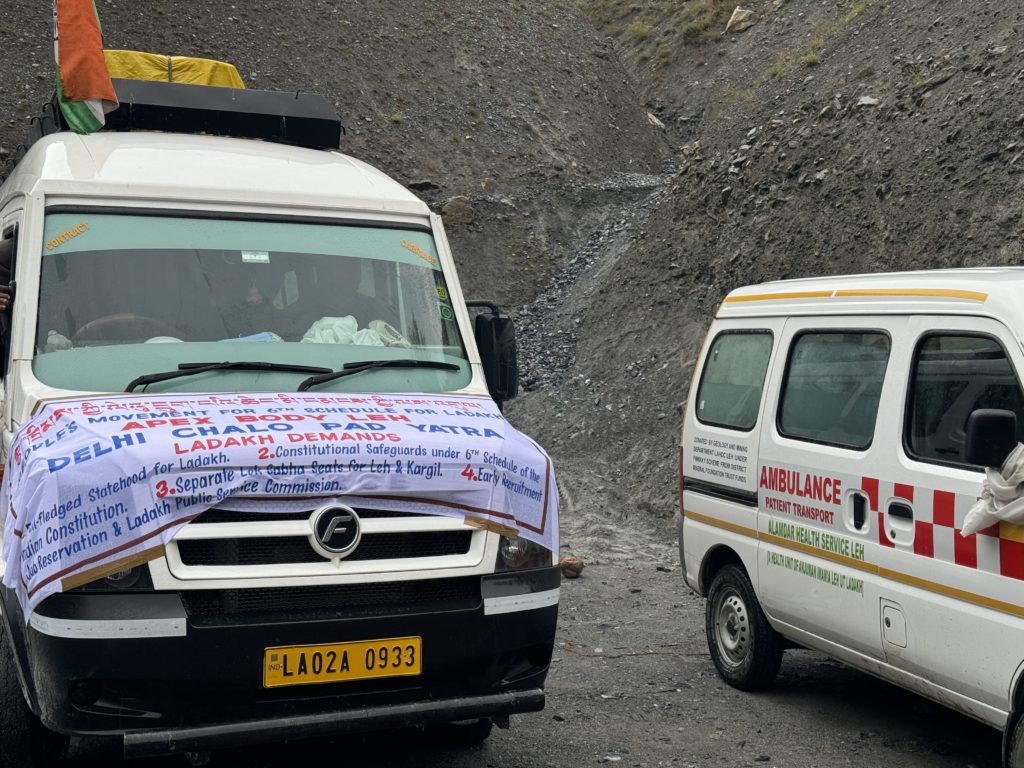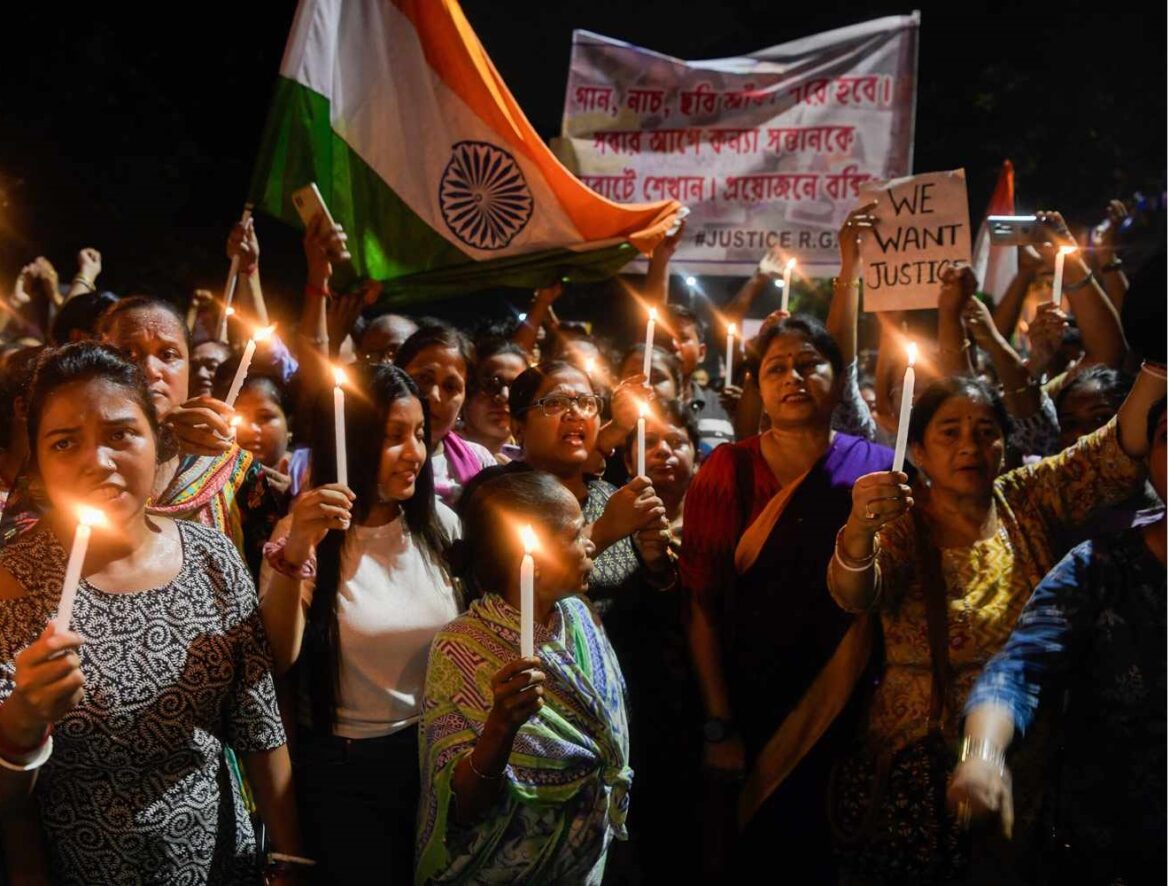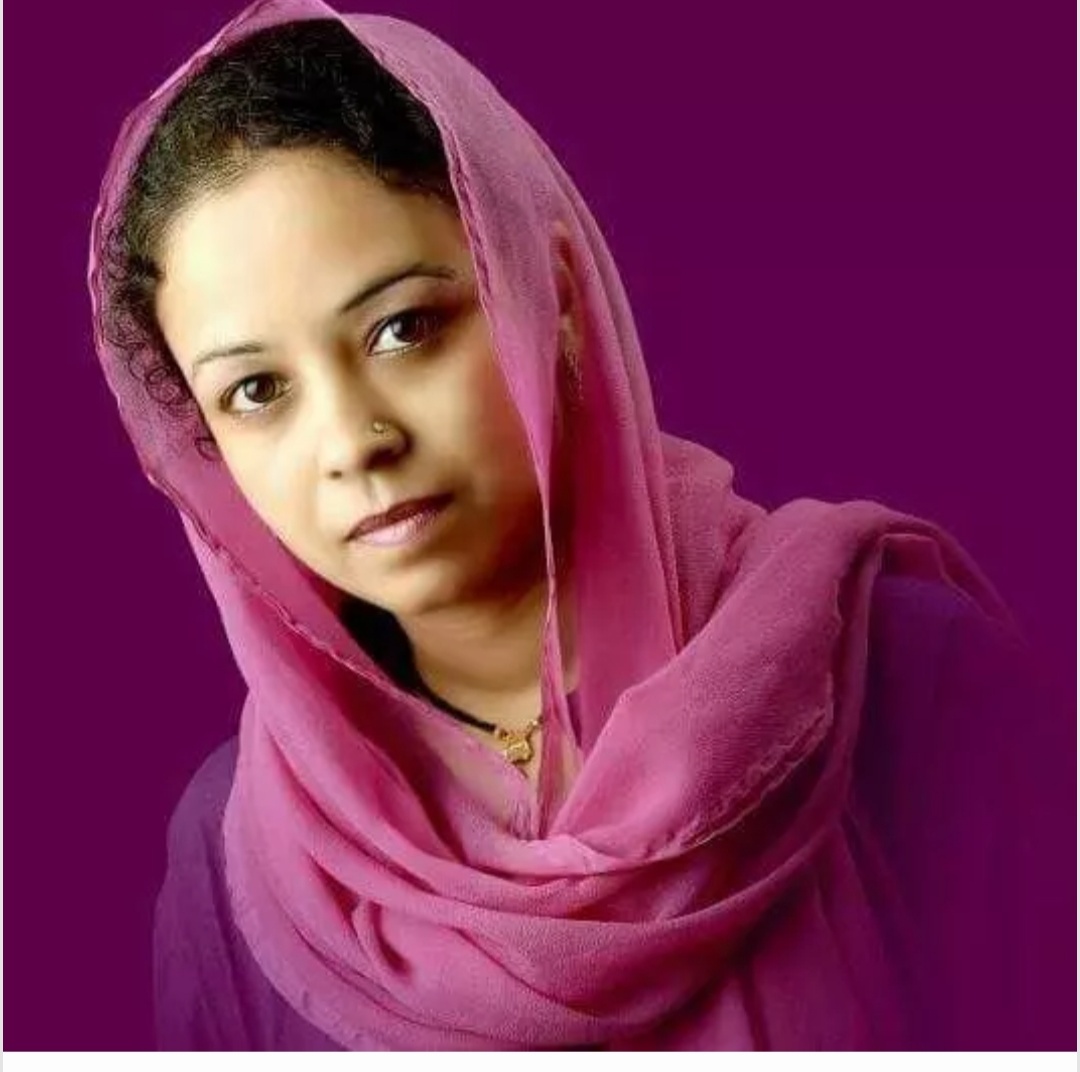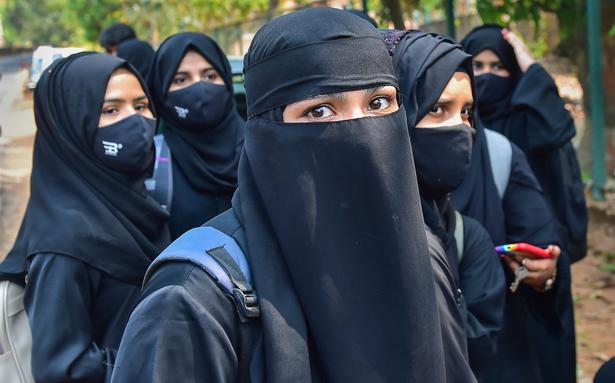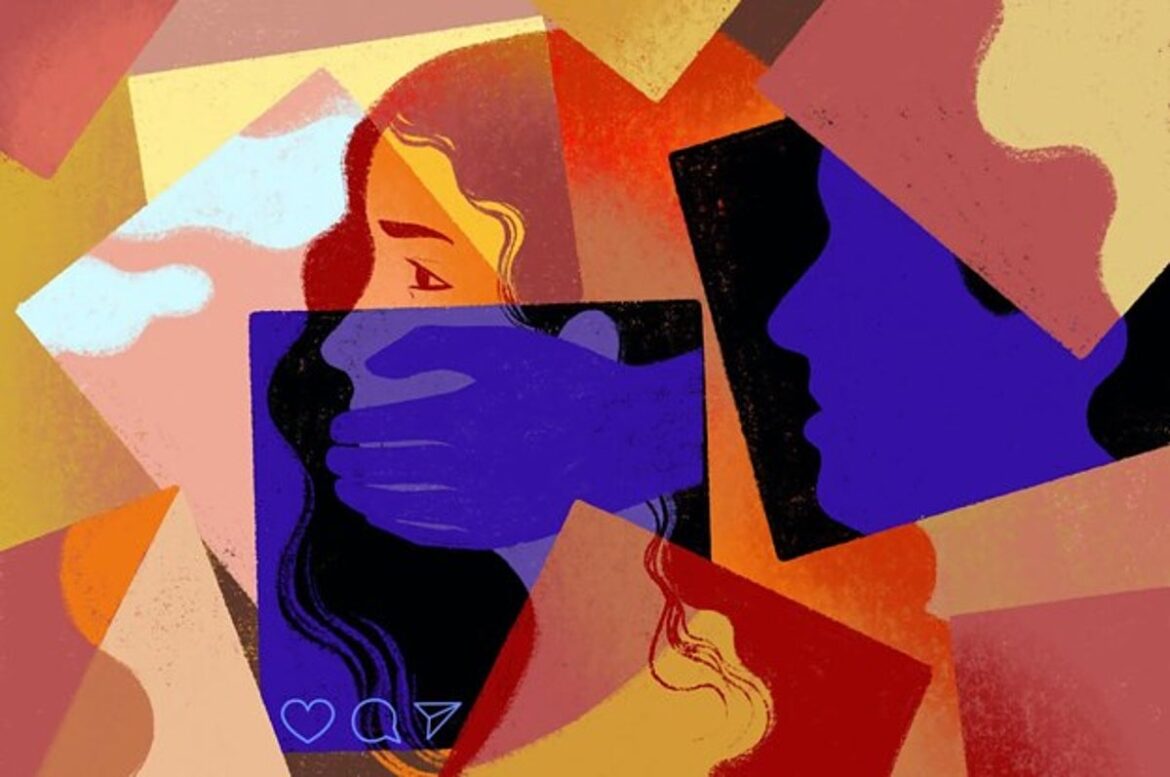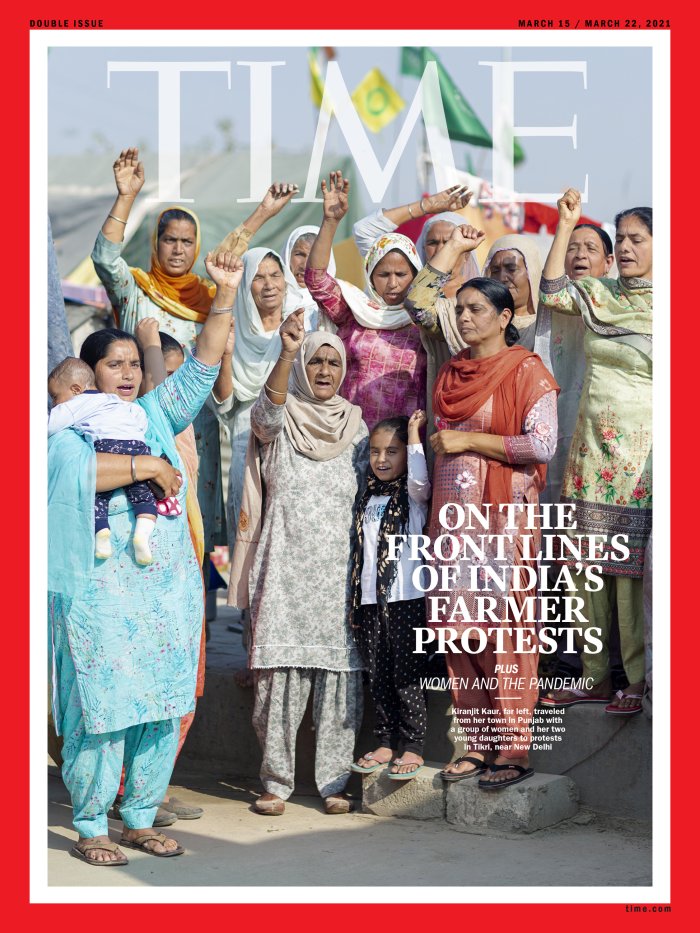अनुवाद: राजेश ओ.पी. सिंह;
ग्राउंड रिपोर्ट- कशिश सिंह;
लेखक – अवनी बंसल, पारिका सिंह
लद्दाख की मांगों को लेकर पर्यावरणविद सोनम वांगचुक लेह से दिल्ली तक पैदल यात्रा पर निकले हैं। लेह के पहाड़ों से राजधानी नई दिल्ली तक लगभग 1000 किमी की दूरी तय करते हुए, रेमन मैग्सेसे पुरस्कार विजेता ने 75 से अधिक लद्दाख निवासियों के साथ 2 अक्टूबर, 2024 तक दिल्ली पहुंचने का संकल्प लिया है। लाहौल में ‘द वॉम्ब’ के साथ एक साक्षात्कार में जब श्री वांगचुक से रास्ते में आने वाली कठिनाइयों के बारे में पूछा गया तो उन्होंने उत्तर दिया ‘यह सब मन पर निर्भर करता है’ अर्थात दुर्गम रास्ते की कठिनाई उनके मनोबल को कमज़ोर नहीं कर सकती । “दिल्ली चलो पदयात्रा” के 15वें दिन पर्यावरणविद् सोनम वांगचुक जब पैदल चल रहे थे तो उनके नीले रेनकोट पर मूसलाधार बारिश होने लगी। पारंपरिक हिमाचली टोपी और सफेद दुपट्टा पहने हुए, वह मार्च के दौरान आने वाली कठिनाइयां जैसे बारिश, बर्फबारी, कड़ी सर्दी भी उनके इरादों को कमज़ोर कर पाने में असफल है।
साक्षात्कार में उन्होंने कहा, “हां, हमें तांगलांग-ला पर बर्फ मिली, बारालाचा-ला पर रास्ते जमे हुए थे, अब बारिश हो रही है, और मुझे यकीन है कि जैसे-जैसे हम नीचे जाएंगे, जलवायु बहुत गर्म होगी, लेकिन लद्दाख क्षेत्र के भविष्य के लिए हमे राह में आने वाली सभी चुनौतियों को मात देनी होगी”। यह हमारे दृढ़ संकल्प का ही परिणाम है कि शीर्ष निकाय (हितधारकों का एक समूह जो लद्दाख के लिए राज्य का दर्जा या 6वीं अनुसूची का दर्जा मांग रहे हैं) के तहत लेह और कारगिल की दो जिला परिषदें इस पैदल मार्च का आयोजन करने के लिए एक साथ आईं, जब मार्च में श्री वांगचुक ने सरकार का ध्यान आकर्षित करने के लिए 21 दिन का उपवास रखा परंतु वांछित परिणाम प्राप्त करने में विफल रहा। जब 2019 में (जम्मू और कश्मीर पुनर्गठन अधिनियम, 2019 के माध्यम से) लद्दाख को जम्मू और कश्मीर से अलग करने की घोषणा की गई, तो लद्दाख के लोगों में उत्साह का माहोल था। उन्हें आशा थी कि उन्हें स्वयं पर शासन करने और उनके अद्वितीय भौगोलिक और जलवायु संबंधी मुद्दों पर निर्णय लेने की शक्ति के साथ एक अलग राज्य घोषित किया जाएगा। कम से कम, उन्होंने सोचा कि वे अंततः राज्य के मामलों और उन मुद्दों पर अपनी बात कहने में सक्षम होंगे जो उन्हें प्रभावित करते हैं – भूमि उपयोग, लद्दाख में कॉर्पोरेट प्रवेश की नियम और शर्तें, खनिज उपयोग, आदि। उनकी प्रत्याशा जल्द ही निराशा में बदल गई लद्दाख को केंद्रशासित प्रदेश घोषित करने के बाद, सभी विधायी और कार्यकारी मुद्दों पर केंद्र सरकार को एकतरफा शक्तियां सौंपते समय, उन मुद्दों पर अपनी बात रखने की उनकी दलीलों को नजरअंदाज कर दिया गया।
पहाड़ियों से मैदानों तक: संवैधानिक अधिकारों के लिए एक मार्च
अब, छह साल बाद, लद्दाखी लोग प्रतिनिधित्व, रोजगार और पर्यावरणीय विरासत के संरक्षण के अपने संवैधानिक अधिकारों के लिए सड़कों पर उतर आए हैं। राज्य का दर्जा या विधान-सभा के अभाव में, केंद्र सरकार ने उन्हें भारतीय संविधान की 6वीं अनुसूची में शामिल करने का आश्वासन दिया – एक सुरक्षा जो वर्तमान में असम, मेघालय, त्रिपुरा और मिजोरम के आदिवासी बहुल राज्यों को प्रदान की जाती है और अनुदान देती है। उन्हें स्वायत्त विकास परिषदों के माध्यम से स्वशासन की शक्ति प्रदान की गई। छठी अनुसूची का दर्जा देने के लिए उक्त क्षेत्र में जनजातीय बहुमत होना एक पूर्व-आवश्यकता है, जिसे लद्दाख पूरा करता है, क्योंकि राष्ट्रीय अनुसूचित जनजाति आयोग का अनुमान है कि लद्दाख में 97% जनजातीय आबादी है।
भारत के सभी केंद्र शासित प्रदेशों की प्रशासनिक और नौकरशाही संरचना अलग-अलग है। उदाहरण के लिए, केंद्रशासित प्रदेश होने के बावजूद दिल्ली में एक विधायिका भी है I इस प्रकार दिल्ली के लोगों को एक निर्वाचित विधायिका और सरकार बनाने का अधिकार मिलता है। यही तो लद्दाख के लोग मांग कर रहे हैं – या तो उन्हें पूर्ण राज्य का दर्जा दें, या उन्हें UT रहते हुए निर्वाचित विधायिका का विकल्प दें या कम से कम उन्हें संविधान में 6 वीं अनुसूची का दर्जा दें जो उन्हें सभी निर्णय लेने में प्रतिनिधित्व की अनुमति देगा। फिलहाल, कारगिल और लेह दोनों में 24 निर्वाचित और 4 नामांकित प्रतिनिधियों के साथ एक स्वायत्त परिषद है, लेकिन कहने के लिए उनके पास वास्तव में कोई कानून बनाने की शक्ति या कोई वास्तविक अधिकार नहीं है। अगर केंद्र सरकार लद्दाख को छठी अनुसूची का दर्जा दे दे तो यह सब बदल जाएगा। अब, बीजेपी ने पहले लद्दाख को 6ठी अनुसूची का दर्जा देने का वादा किया था, लेकिन फिर 2024 के लोकसभा चुनावों के दौरान इसे अपने घोषणापत्र से हटा दिया, जिससे वह अपने वादे से मुकर गई। दूसरी ओर, कांग्रेस ने इसे अपने 2024 के राष्ट्रीय घोषणापत्र में शामिल किया।
श्री वांगचुक ने बताया “मांगों से अधिक, हमारी मुख्य बात उन आश्वासनों और प्रतिज्ञाओं को याद दिलाना है जो सरकार या सत्तारूढ़ दल ने छठी अनुसूची के तहत लद्दाख की सुरक्षा के बारे में किए हैं, जिसमें इसकी संस्कृति, पर्यावरण, भूमि और इसी तरह की सुरक्षा शामिल है”। उन्होंने आगे कहा, “लद्दाख भारत के किसी भी हिस्से की तरह ही लद्दाख में भी लोकतंत्र की बहाली के लिए अपील करना चाहता है। लद्दाख में उनका प्रतिनिधित्व करने के लिए कोई जन प्रतिनिधि नहीं है, यहां सिर्फ एक नौकरशाही शासन है”।
लद्दाख में बेरोजगारी दर देश में दूसरी सबसे ज्यादा
2024 में 18वें लोकसभा चुनावों के माध्यम से, लद्दाख को एक लोकसभा प्रतिनिधि भेजने की अनुमति दी गई, जो कि लद्दाख क्षेत्र के विकास के लिए पर्याप्त नहीं है। क्योंकि लेह और कारगिल जिलों की संरचना और ज़रूरतें बहुत भिन्न हैं। लेह कारगिल से अधिक ऊंचाई पर स्थित है और इसकी जलवायु ठंडे रेगिस्तान के बराबर है, कारगिल कम ऊंचाई पर है और यहां की जलवायु अधिक समशीतोष्ण है। सांस्कृतिक रूप से, लेह में बड़े पैमाने पर बौद्ध आबादी रहती है जबकि कारगिल में बड़े पैमाने पर मुस्लिम आबादी रहती है। चूंकि, यह क्षेत्र गंभीर बेरोजगारी संकट का सामना कर रहा है। इसलिए श्री वांगचुक के नेतृत्व वाली ‘दिल्ली चलो पदयात्रा’ की मांगों में से एक है – कम से कम दो लोकसभा प्रतिनिधि, कारगिल और लेह से एक-एक।
सरकार ने पिछले साल ‘एक्स’ (पूर्व में ट्विटर) के माध्यम से कहा था कि वे जल्द ही 2028 तक प्रतिनिधित्व बढ़ाने के लिए लद्दाख में पांच नए अतिरिक्त जिले – ज़ांस्कर, द्रास, शाम, नुब्रा और चांगथांग बनाएंगे। लेकिन अब तक, कोई आधिकारिक बयान नहीं आया है। कुछ स्थानीय लोगों के अनुसार यह महज एक वादा, या ध्यान भटकाने वाला और आंदोलन को खत्म करने का प्रयास बनकर रह गया है।
श्री वांगचुक ने लोक सेवा आयोग की आवश्यकता और लद्दाखी युवाओं के लिए प्रारंभिक भर्ती के अवसरों के बारे में विस्तार से बताते हुए खुलासा किया, “कुछ सर्वेक्षणों के अनुसार, लद्दाख में शिक्षितों के बीच दूसरी सबसे अधिक बेरोजगारी दर है।”
लद्दाख में महिलाएं पितृसत्ता की सिर्फ निष्क्रिय वाहक नहीं हैं, उन्होंने हमेशा परिवर्तन के उत्प्रेरक की भूमिका निभाई है।चूंकि पुरुष मौसमी पर्यटन पर निर्भर थे और रोजगार की तलाश में लंबी दूरी की यात्रा करने के लिए मजबूर थे, इसलिए कृषि और पशुपालन का बोझ महिलाओं के कंधों पर आ रहा है। ‘द वॉम्ब’ से बातचीत में वांगचुक ने बताया “हमारे आंदोलन में पुरुषों की तरह, युवा से लेकर वृद्ध तक, सभी आयु वर्ग की महिलाएं शामिल हैं। हालाँकि, महिलाओं पर अधिक जिम्मेदारियाँ होती हैं, इसलिए उन्हे बीच बीच में अपने घर की देखभाल के लिए वापस जाना पड़ता है। लोग अपने कामकाज के लिए जाते परंतु फिर वापिस आ जाते है क्योंकि उनका दिल यहीं है।”
देश के अन्य हिस्सों की तरह ही लद्दाख में भी महिलाएं समाज का वह तबका है जो जलवायु परिवर्तन से पुरुषों की तुलना में अधिक पीड़ित हैं। वांगचुक ने बताया, “महिलायों को जीवन में कई और भी अन्य भूमिकाएं निभानी होती हैं, खासकर खेती में, जो जलवायु परिवर्तन से सबसे अधिक प्रभावित होती है, जो बदले में उनके काम को काफी प्रभावित करती है।” लद्दाख की समस्याओं पर प्रकाश डालते हुए उन्होंने आगे बताया, “किसानों और पशुपालकों के रूप में, मौजूदा पानी की कमी से यहां पशुओं की संख्या कम हो रही है और खेत बंजर हो रहे हैं। लद्दाख की महिला गठबंधन ने हिंदू कुश पहाड़ों में कम बर्फबारी और पिघलते ग्लेशियरों के विनाशकारी प्रभाव को कम करने के लिए पारंपरिक जल संचयन तकनीकों को संरक्षित और बढ़ावा देने का बीड़ा उठाया है। लद्दाख में जलवायु परिवर्तन श्री वांगचुक द्वारा समर्थित एक महत्वपूर्ण मुद्दा है।
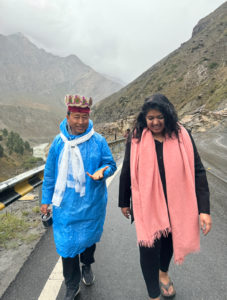
उनका कहना है मेरे लिए यह बहुत महत्वपूर्ण है की हिमालय की बेहतरी के लिए, संघर्ष करूं चाहे संवैधानिक रूप से या अपने स्तर पर उठाया गया कोई कदम हो। एक पर्यावरणविद् के रूप में समस्त हिमालय क्षेत्र की रक्षा करना श्री वांगचुक अपना परम कर्तव्य मानते है।
जबकि लद्दाख में लोग, विशेष रूप से महिलाएं, हिमालय में जलवायु परिवर्तन की प्रारंभिक प्रभाव वाली आबादी बन जाती हैं, अंततः यह राज्य और क्षेत्रीय सीमाओं से परे चली जाएगी और मानव प्रजातियों के अस्तित्व को घेर लेगी।
यह पहली बार हो सकता है कि लोकतांत्रिक अधिकारों की मांग करने के साथ, लोग जलवायु परिवर्तन के मुद्दे को प्राथमिकता देते हुऐ पर्यावरण को भारत में राजनीति के केंद्र में रख रहे हैं।
श्री वांगचुक लेह से दिल्ली तक की इस ‘दिल्ली चलो पदयात्रा’ को अपने शुद्धतम रूप में एक राजनीतिक अभ्यास मानते हैं। उन्होंने स्पष्ट किया, “इसे मोटे तौर पर राजनीतिक कहा जा सकता है लेकिन यह दलगत-राजनीतिक नहीं है। हम भारत के सभी दलों, सभी क्षेत्रों, सभी धर्मों के लोगों का स्वागत कर रहे हैं।” वास्तव में, मार्च करने वाले उत्सुकता से सत्तारूढ़ दल की भागीदारी का इंतजार कर रहे हैं, जिसके बारे में उनका मानना है कि जब उन्होंने लद्दाख को अलग किया तो उनके इरादे सही थे, लेकिन तत्कालीन भाजपा सरकार द्वारा शुरू किया गया यह कार्य पूरा नहीं हुआ है।
पदयात्रा की विशिष्टता का उल्लेख करते हुए वांगचुक ने कहा, “हम यथासंभव शांतिपूर्ण तरीकों से अपनी बात रख रहे हैं। हमारे प्रयास की सफलता देश के लिए एक तरह का संदेश होगा कि शांतिपूर्ण अपीलों का भारतीय लोकतंत्र में कोई स्थान है या नहीं। 2 अक्टूबर को मार्च के समापन का उद्देश्य भारतीय स्वतंत्रता संग्राम में महात्मा गांधी द्वारा स्थापित अहिंसक आंदोलन की विरासत का प्रयोग देश के आवशयक मुद्दों की तरफ सरकार का ध्यान आकर्षित करना है। दुसरा, यह मार्च केवल उस बात की याद दिला रहा है जो सरकार ने हमें आश्वासन दिया था उसको पूरा किया जाए।
धार्मिक और भौगोलिक बारीकियां लद्दाख मुद्दे को और जटिल बना देती हैं I
लद्दाख में मुख्य धार्मिक समूह मुस्लिम (मुख्य रूप से शिया) और बौद्ध (मुख्य रूप से तिब्बती बौद्ध) हैं, जिनमें बहुत कम संख्या में हिंदू हैं। पहले की जनगणना (2011) के अनुसार, हिंदुओं को लगभग 12 प्रतिशत दिखाया गया था, लेकिन स्थानीय लोगों ने हमें बताया कि ऐसा इस तथ्य के कारण था कि लद्दाख में तैनात सेना के जवानों को भी जनगणना में गिना गया था, जबकि उनको अस्थायी पोस्टिंग दी गई थी। इसलिए उन्हे जनगणना में शामिल नहीं किया जाना चाहिए था।
इसलिए पूरे मामले का एक धार्मिक पक्ष भी है I भारत में मुस्लिम और बौद्ध दोनों धार्मिक अल्पसंख्यक हैं, लेकिन लद्दाख में बहुमत का दर्जा होने के कारण, लद्दाख पर सत्तारूढ़ सरकार के दृष्टिकोण को धार्मिक चश्मे से जांचना जरूरी है।
चूंकि लद्दाख पारंपरिक रूप से जम्मू और कश्मीर में सत्तारूढ़ शक्तियों के अधीन रहा है, जो कि मुस्लिम बाहुल्य है, लद्दाख के लेह क्षेत्र में बौद्ध बहुसंख्यक है जबकि कारगिल में शिया बहुल लोगो की अपनी आकांक्षाएं है (कश्मीर के विपरीत, जो सुन्नी बाहुल्य है)। अगर केंद्र सरकार लेह और कारगिल के साथ-साथ पांच नए जिले बनाने की बात पर खरी उतरी तो उनमें से पांच जिले बौद्ध बहुल होंगे। इसलिए लद्दाख की प्रशासनिक संरचना – राजनीतिक, धार्मिक और कॉर्पोरेट हितों से रहित नहीं लगती है।
उदाहरण के लिए, लद्दाख में उच्च मात्रा में यूरेनियम पाए जाने से अब यह पहले की तुलना में अधिक महत्व का विषय बन गया है। सोलर एनर्जी कॉरपोरेशन ऑफ इंडिया (SECI) द्वारा लद्दाख में सोलर ट्रांसमिशन लाइन स्थापित करने में लगभग 20000 करोड़ से अधिक का निवेश इस चिंता को जन्म देता है कि इसे जल्द ही बड़े कॉरपोरेट्स को सौंप दिया जा सकता है, जिसमें आम नागरिकों से किसी भी तरह की बातचीत नहीं होगी।
लद्दाख में अधिकांश जनजातियाँ घुमंतू हैं, जो अपनी भेड़ों के चरागाहों के लिए चरागाह भूमि पर निर्भर हैं। जैसा कि पदयात्रा के एक सदस्य ने बताया – “सौर ऊर्जा संयंत्रों में आमतौर पर चार फीट की ऊंचाई पर सौर पैनल लगाए जाते हैं, जो चरने वाले झुंडों की आवाजाही को रोकता है। अब अगर लद्दाख के लोगों को 6वीं अनुसूची का दर्जा प्राप्त है तो वे कम से कम 8 फीट की ऊंचाई पर सोलर पैनल लगवाने के लिए बातचीत कर सकेंगे। इसलिए, अपनी बात कहने की मांग केवल सतही स्तर पर नहीं है, बल्कि इसका सभी लद्दाखियों के रोजमर्रा के जीवन पर बड़ा प्रभाव पड़ता है।“
राजघाट से 1000 किलोमीटर दूर, जो लोग दिल्ली चलो पदयात्रा में चल रहे हैं, वे भरपूर बर्फ, जौ के हरे-भरे खेतों और अपनी विधानसभा वाले लद्दाख का सपना देख रहें हैं। क्या सरकार उनकी मांगों पर ध्यान देगी और दिल्ली में उनका स्वागत करेगी या उन्हें पूरी तरह से नजरअंदाज कर दिया जायेगा यह पदयात्रा के अंत में स्पष्ट हो जाएगा। यदि ऐसी नौबत आई तो श्री वांगचुक एक और उपवास के लिए तैयार हैं, क्यूंकि उन्हे भारत के राष्ट्रपिता द्वारा निर्धारित लोकतांत्रिक नींव में दृढ़ विश्वास हैं। उनका कहना है कि हम लद्दाख के अधिकारों और देश में प्रत्येक नागरिक को दी गई संवैधानिक स्वतंत्रता के लिए उनके साथ चल रहे हैं।


